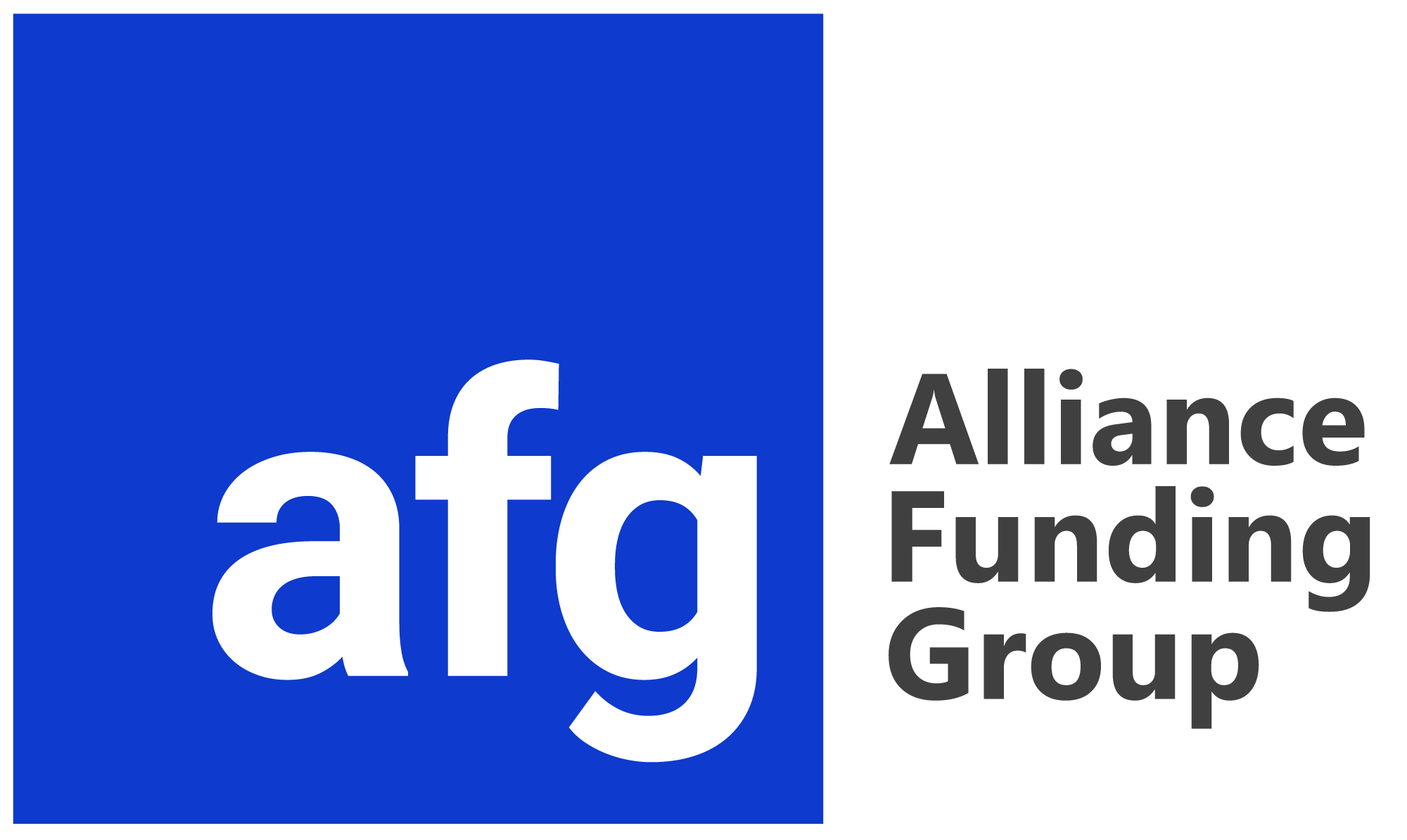Comparing a Capital and Operating Lease
Deciding to lease equipment for your business is a common option, but there are many lease structures to choose from, including the capital lease and operating lease.
Below is a quick overview of what they are and some key differences between them:
Capital Lease
A capital lease allows you to lease equipment in a way that reflects ownership of the equipment on your balance sheet, so that the equipment is treated as an asset.
It is treated as a purchase both for the lessee and lessor for accounting purposes. The lessee gets both the benefits and downsides of ownership of the equipment.
Capital leases are usually long term leases and are good options for certain types of equipment that do not become technologically obsolete very easily, like machinery.
The title is transferred to the lessee once the purchase has been completed, either prior to the end of the lease term or at the end of the term.
One of the following conditions that must be met in order for the lease to be considered a true capital lease by the FASB (Financial Accounting Standards Board):
- The title passes automatically by the end of the lease term.
- The lease contains a bargain option to purchase the equipment.
- The lease term is greater than 75% of the useful equipment life.
- The current value of the lease payments is greater than 90% of the FMV (fair market value) of the equipment.
Operating Lease
Operating leases are a lease structure that does not come with a title transfer at the end of the lease.
They are often a short-term lease and are good for certain types of equipment that become technologically obsolete very quickly, like servers, printers or office equipment.
One of the following conditions must be met for the lease to be considered a true operating lease by the FASB:
- The lessor holds onto the title before, during and after the lease term.
- The lease cannot have a bargain option to purchase the equipment.
- The lease term should be less than 75% of the useful equipment life.
- The current value of the lease payments should be less than 90% of the FMV (fair market value of the equipment)
Whether a capital lease and operating lease; It can be challenging to determine which type of lease structure will work best for your business. Alliance Funding Group is available to meet with you to help you make that determination, along with answering your questions about other leasing options.
Call Alliance Funding Group today at 1-800-978-8817 to learn more.
